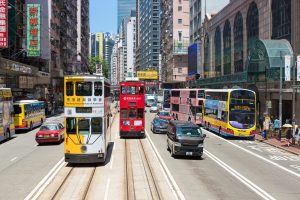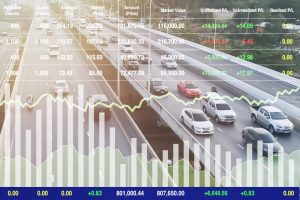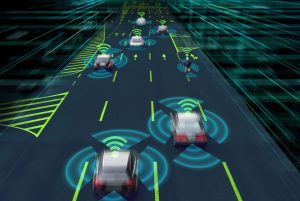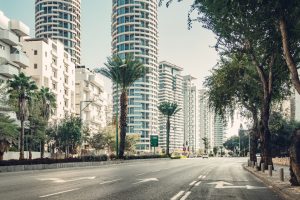The advent of various modes of transportation such as trains, ships, cars, and airplanes has brought about great changes in our living environment. Japan also saw improvements in social infrastructure, including railways, roads, and airports, in the era of expansion and growth that followed the Meiji era.
Distances of space and time have been greatly reduced thanks to the advent of modes of transportation that enable rapid and large-capacity movement, making it possible to expand our living environment. Meanwhile, things like the separation of our workplaces and homes have made transportation indispensable for people to live and work.
The three essential elements of daily life are said to be clothing, food, and shelter, but due to its role in carrying these things, transportation is also an important requirement of daily life and one of the indispensable economic activities in modern society.
According to Professor Motokawa Tatsuo’s book, “Time of the Elephant, Time of the Mouse”, modern people consume 40 times more energy than people in the Jomon era. In other words, life in our society is about 40 times faster. People have come to see value in rapid transportation and to constantly seek greater convenience, and technology has made these things possible.
The development of transportation has driven a market economy of cross-border transactions and increased globalization. Capitalism has led to economic advances, the pursuit of efficiency, and the elimination of waste, while also creating distortions in society, exposing issues such as social inequality, and adding to the burden on local communities and individual lives.
Improvements to transportation networks have contributed greatly to this economic development, but these days a rapidly increasing number of people have difficulty getting around, and serious regional collapse is being seen in various places. Public transportation is an increasingly important factor in ensuring a rich quality of life, whereby a town or region is a place where everyone can get around safely and securely and can continue to live indefinitely. It is necessary to build rapid regional transportation in combination with policies for things like healthcare, welfare, education, and tourism.
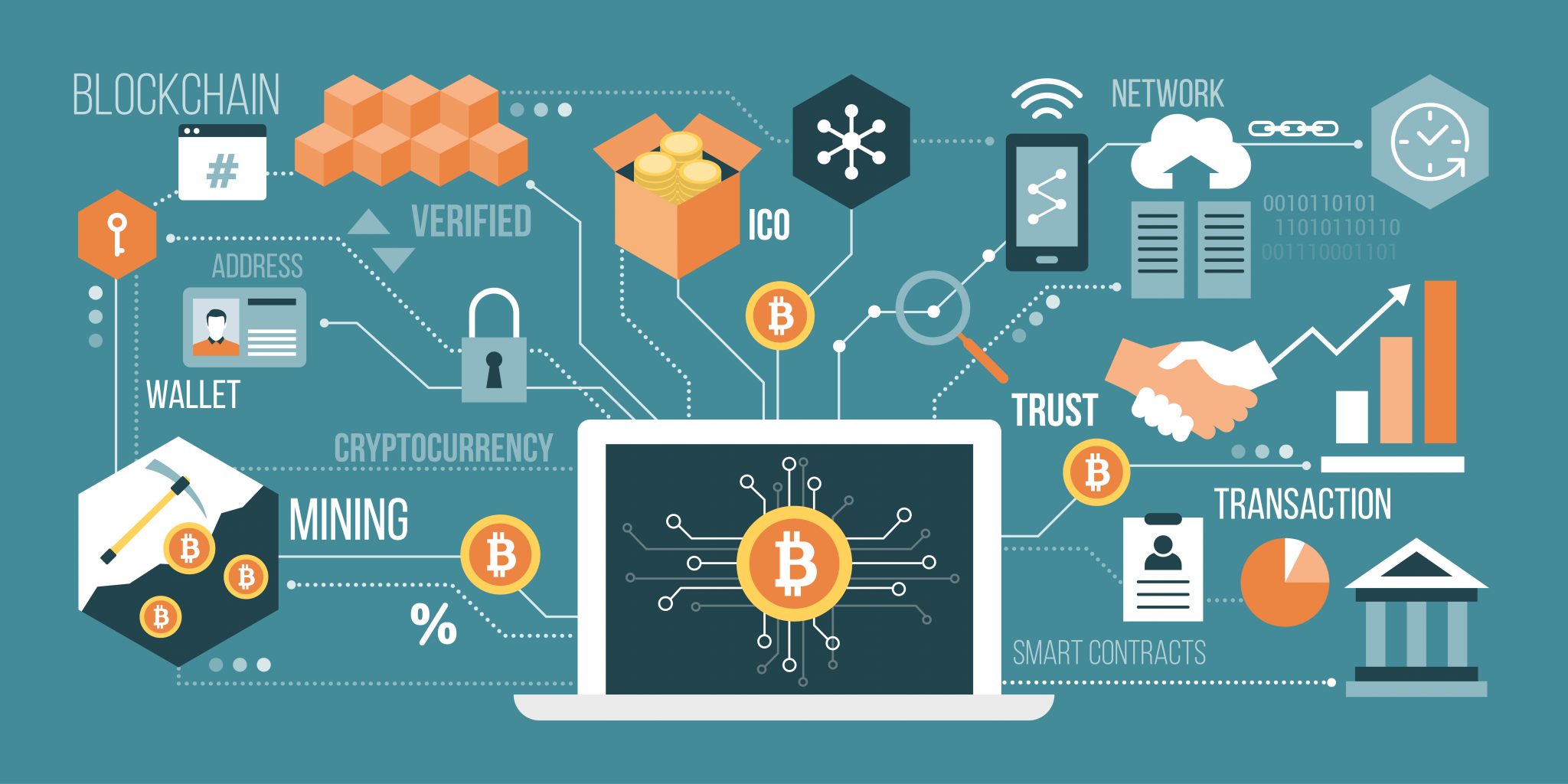
2013 saw the enactment of the Basic Act on Transport Policy, which lays out Japan’s comprehensive transportation policy. Recognizing the importance of adequately meeting the fundamental demands of transportation for the public, etc., it defines the basic principles related to transportation that must be implemented by the government, such as “realization of the rich lives of citizens”, “enhancement of international competitiveness”, “improvement of vitality in local areas”, and “preparation for large-scale disasters”, and the fundamental transportation measures required in order to ensure that these basic principles are realized are as follows:
- Regional revitalization through the maintenance and development of public transportation networks as an integrated part of urban development
- Strengthening Japan’s international competitiveness by expanding the international flow of people, logistics, and tourism
- Preparation for large-scale disasters by way of transport-related disaster prevention/mitigation measures and improved redundancy/substitutability
- Barrier-free design and other improved convenience on public transportation, in consideration of the decreasing birth rate and aging population
- The use of information and communication technology (ICT) to effectively promote the above initiatives
It is expected that specific steps will be taken to maintain and secure local transportation based on the basic principles of this law. However, taking into account financial resources, etc., it will probably be necessary to develop transportation systems suited to the unique characteristics of each region. In order to do that, it is thought necessary for each region to identify its own specific social issues and to formulate and implement solutions.
In an increasingly information-oriented and globalized society, technological advances will probably make it possible to realize autonomous distributed localization, to escape from a one-size-fits-all system, and to provide services that suit a given region. In addition, individuals are likely to place ever greater value on spending their time consuming experiences rather than things.
The concept of public transportation also carries within it the righteous cause of providing all people with the same quality of service. But from now on, it will be necessary to create a system that makes it possible to have various kinds of mobility in each region.
As was mentioned above, transportation and mobility are said to be an indispensable part of people’s lives. But now that mobility has been restricted as a countermeasure against COVID-19, it is necessary for all places, whether regions or metropolises, to consider their relationships with mobility, and I believe it may be an opportunity to rethink the value of mobility.
People’s lives and economic activity have been limited by restrictions on going out, many people have been negatively affected, and it is likely that people have rediscovered the importance and worth of being able to move freely. On the other hand, teleworking has led to more relaxed commutes and a reduction in commuting time, the movement of people and goods has been forced to change due to the convenience of online meetings and conferences and the increased use of home delivery services, etc., and people have perhaps come to realize that things they had taken for granted can actually be changed. Also, in line with the declared state of emergency, taxi companies are being deployed to provide a freight transportation and forwarding service (mixing freight and passengers) in various regions. Regulations on the mixing of freight and passengers have been partially relaxed in order to protect automobile transportation industry carriers and to ensure that the flow of people and logistics services remains sustainable in depopulated areas, but these measures themselves are limited and may lead to new services in the future. Mobility-related data have once again proven to be highly effective in emergencies and have shown the possibility of creating new services optimized for each individual.
Furthermore, if our lifestyle continues to be one of coexisting with COVID-19, changes will also be required in the sharing economy and, depending on the timing of when a vaccine is created, there may be significant changes to our social lives. However, there is no certainty about how long the current situation will last, and it is impossible to speculate when this will be achieved or even if it will be. The outbreak and spread of COVID-19 is unprecedented in the way it is affecting the future of mobility and how society will change, and in a future that is difficult to predict, it may lead to the butterfly effect.
It can also be assumed that the momentum for things to return to normal is greater than the trend for the current situation to change. In order not to overlook any signs of change, no matter how small, and to attract serendipity, I would like to keep the realization of a sustainable society in mind when thinking about future transportation services.





